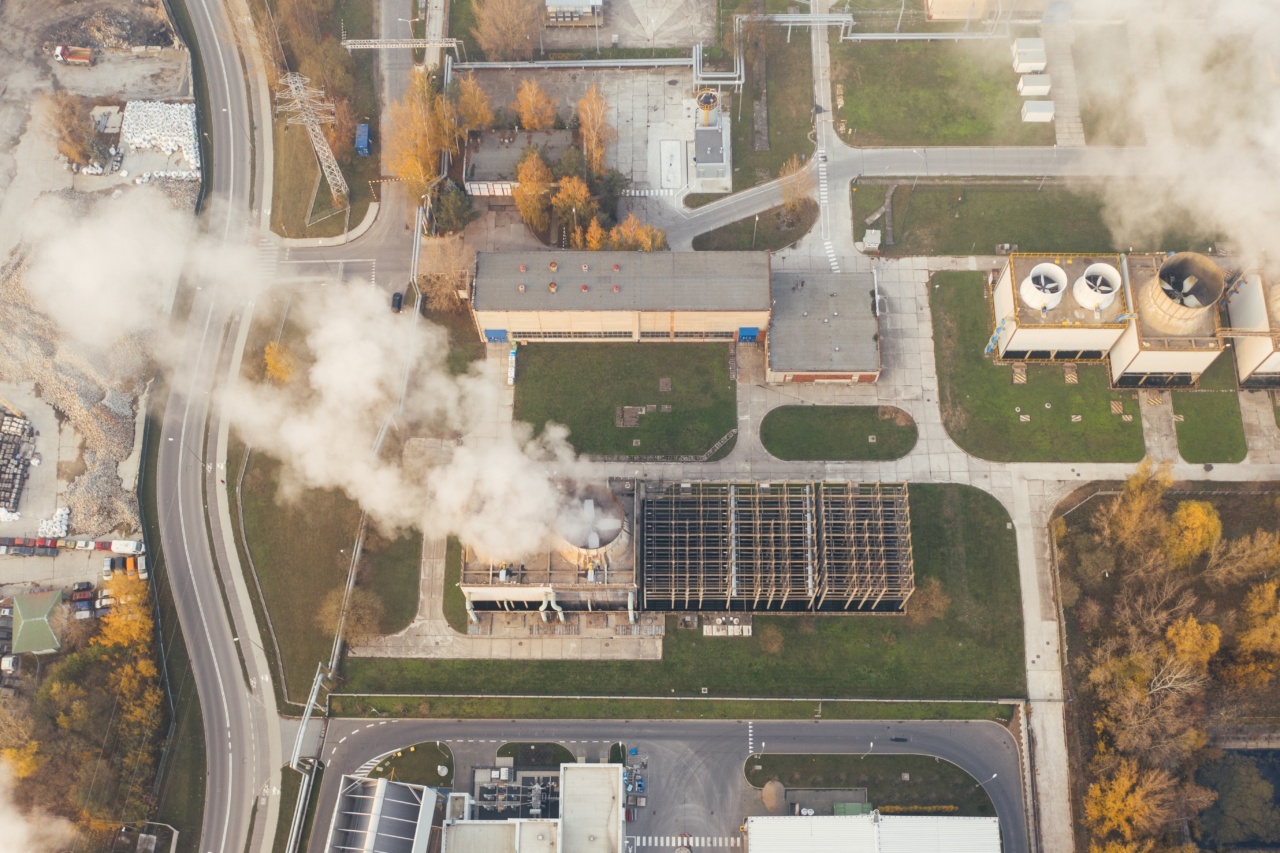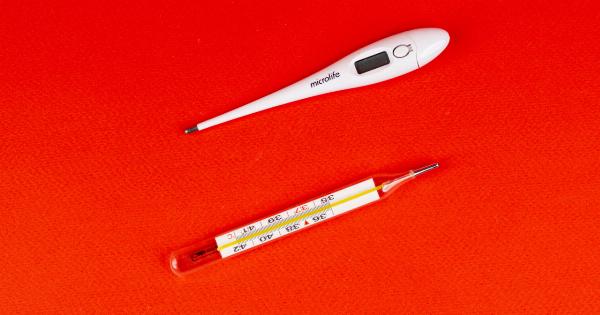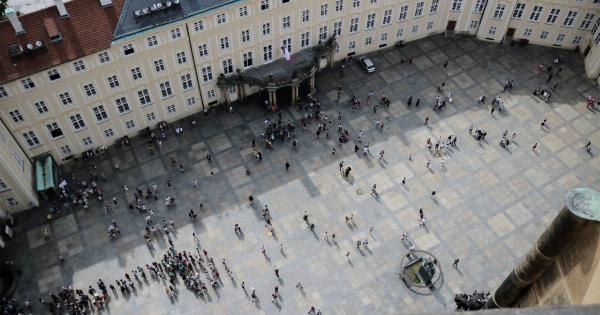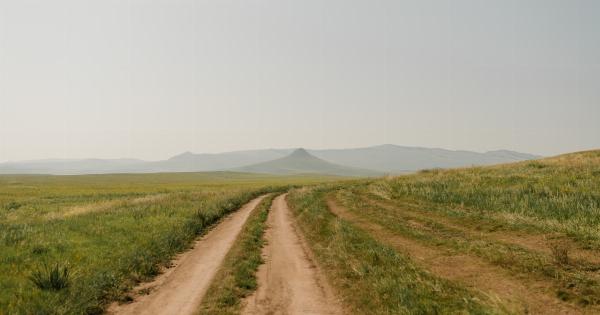Exploring a city’s sights by bike or on foot can be an exhilarating experience, allowing you to immerse yourself in the local culture and uncover hidden gems that are often missed when using other modes of transportation.
However, one crucial factor that can hinder such exploration is air pollution. Many cities around the world struggle with high levels of air pollution, which can pose significant health risks and deter individuals from engaging in outdoor activities.
In this article, we will discuss how to enjoy the city’s sights on bike and foot while minimizing the impact of air pollution.
The Health Hazards of Air Pollution
Air pollution is a pressing concern in urban areas, as it can cause a variety of health problems, particularly respiratory and cardiovascular issues.
The pollutants present in the air, such as particulate matter, nitrogen dioxide, and ozone, can have detrimental effects on our lungs, heart, and overall well-being. Prolonged exposure to high levels of air pollution may also increase the risk of developing chronic conditions like asthma and cancer.
Choosing the Right Time and Route
When planning a biking or walking tour through the city, it’s essential to consider the time and route carefully to minimize exposure to air pollution.
Rush hours, for example, tend to have higher levels of pollution due to increased vehicular traffic. Choosing to explore early in the morning or later in the evening when traffic is lighter can significantly reduce your exposure to pollutants.
Additionally, opting for routes that avoid heavily congested areas, main roads, and industrial zones can also help minimize pollution levels.
Use Pollution Index Apps
Thanks to advancements in technology, there are now numerous pollution index apps available that can provide real-time data on air quality in different parts of the city.
These apps use data from local monitoring stations to assess the pollution levels on a scale, allowing you to plan your journey based on the least polluted areas. By keeping an eye on such apps, you can adjust your route on the go, ensuring you take the healthiest path to your destination.
Wear a Mask
In situations where pollution levels are particularly high or unavoidable, wearing a mask can provide some protection.
N95 masks, specifically designed to filter out fine particles, can be effective in reducing the amount of harmful pollutants that you inhale. While it may not completely eliminate the risk, wearing a mask can be an additional step to safeguard your respiratory health and make your exploration experience more enjoyable.
Explore Green Spaces
Surprisingly, cities still have pockets of greenery amidst the concrete jungles. Exploring parks, gardens, and other green spaces can offer a much-needed respite from the polluted city air.
Trees and plants help filter the air by absorbing carbon dioxide and other pollutants while releasing oxygen. Spending time in these green oases can provide a breath of fresh air, quite literally, and allow you to appreciate the city’s natural beauty while avoiding heavily polluted areas.
Avoid Peak Traffic Routes
When biking or walking through the city, it is advisable to avoid peak traffic routes, as these are typically associated with higher levels of pollution.
Major roads, highways, and intersections are hotspots for vehicular emissions, and steering clear of them can help significantly reduce your exposure. Instead, opt for quieter, less congested streets or explore dedicated bike lanes that are often positioned away from high traffic areas.
Invest in Anti-Pollution Measures
If you frequently explore the city’s sights on bike or foot, it may be worth considering investing in anti-pollution measures. For cyclists, this could involve purchasing a high-quality air-filtering mask designed specifically for active pursuits.
Alternatively, you might consider investing in an electric bike, which produces zero emissions and allows you to cover greater distances while exerting less effort. By taking proactive measures, you can continue to enjoy the city’s sights while minimizing the impact of air pollution.
Stay Hydrated and Take Breaks
Walking or cycling for an extended period can be physically demanding, even more so in polluted environments. It is crucial to stay hydrated and take regular breaks to rest and recharge.
Hydration helps flush out toxins from the body and can assist in mitigating the effects of pollution. Seek shade or indoor spaces with air purifiers during breaks, providing your lungs with a brief respite from the polluted air.
Support Sustainable Transport Initiatives
One of the most effective long-term solutions for reducing air pollution in cities is to support sustainable transport initiatives.
By actively participating in efforts to promote walking, cycling, and the use of public transportation, you can contribute to a cleaner and healthier city environment. Supporting policies that prioritize pedestrians and cyclists and advocating for lower emissions standards for vehicles can create lasting change and improve air quality for all residents and visitors.
Conclusion
Air pollution is undoubtedly a major concern in urban areas, but it should not prevent us from experiencing the city’s sights on bike and foot.
By taking precautions, choosing the right time and routes, and utilizing available technologies and protective measures, we can continue to explore and enjoy the urban landscape while minimizing our exposure to harmful pollutants. Let us strive to create cleaner, greener cities, where everyone can uncover the beauty and wonder that lie just around the corner.



























